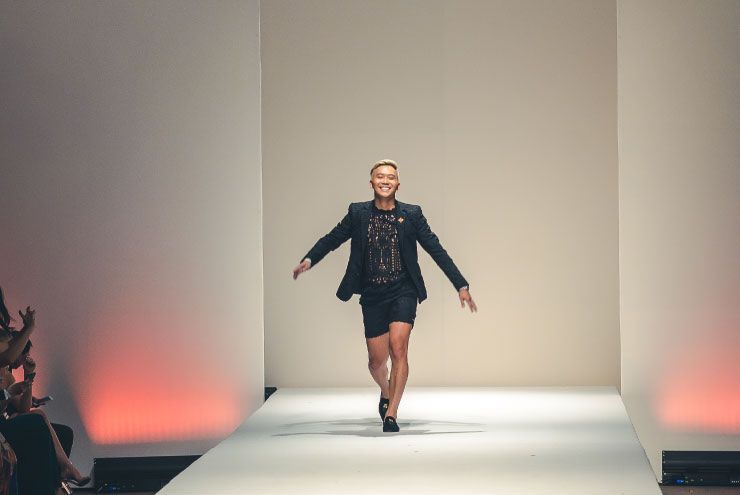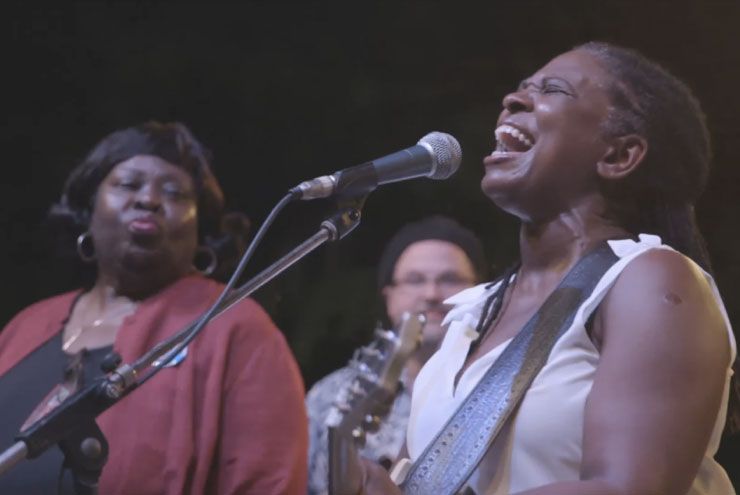By K. Garner
Recently, my male, POC friend posed the following question on an online public forum: “Is white feminism ‘toxic femininity?’” This sparked a debate—mostly among women—who argued whiteness (which comes with systems of power) was toxic, but femininity was not. Others stressed that “toxic femininity” is a term made up by men solely to discredit the realness of toxic masculinity.
Following this public debate, my friend and I continued the discussion privately. He brought up the case of Emmett Till, in which Till, a 14-year-old Black male, was brutally murdered after being accused of making unwanted advances toward a white woman. He argued that, in Till’s case, his accuser had weaponized gender, emphasizing that a man would never accuse a woman of making similar advances—and this would definitely never lead to her demise.
My first response was simple, and came out almost automatically: Till’s accuser was an example of women being taught by the white patriarchy to weaponize their gender. I shared personal examples of experiencing and witnessing white men desperately trying to instill fear of men of color in their daughters from an early age. Yet, again, whiteness is still the toxic factor in this equation, as femininity is being exploited and manipulated to adhere to the white patriarchal agenda. At the time, I thought it was a reasonable association to make, given that Till’s case took place in the mid-1950s, where women, including white women, were still treated like property. Women were forced to adhere to the patriarchy or face repercussions—even violence. Together, my friend and I concluded that the best solution to the layered toxicity of this world is to use words that are more loving, less divisive, and bring all women together, not apart.
But my thoughts on the subject continued to stir in my brain long after our conversation was over—the consistent struggle to define feminism, femininity, masculinity, and the intersection of and prejudice against these and other identities swirled in my mind. I soon realized that I did not fully address my friend’s question or argument—I had barely scratched the surface.
Most notably, I did not challenge his statement that men would never accuse a woman of making advances toward them, and that she would never suffer similar consequences to men who were accused by women of a similar offense. As a queer person, I should have recognized how binary–conforming, and untrue, this argument was.
Heteronormative men have long accused gay men of making passes at them, and used those accusations to justify violence against them. In this situation, we can see that the toxicity resides in heteronormativity, not necessarily in sex or gender. Yet, my friend’s argument that a man would never accuse a woman of sexual advances—and use those passes to justify violence against her—is also greatly false. Specifically, trans women are regularly the victims of these types of accusations—and the violence that results—their high murder rates often justified by the gay and trans “panic” defense. Therefore, the issue of accusing someone of making unwanted advances is not unique to weaponized femininity—it is something that can be committed and is committed across the aisle. The issue in these instances is “toxic power,” whether it comes from a masculine or feminine source.
Furthermore, in Till’s case, it was later revealed that his female accuser lied about Till making unwanted advances toward her. And while I adamantly condemn her actions, it is important to remind ourselves that this does not justify dismissing the stories of actual rape and sexual assault survivors. As a survivor of my own #MeToo incident, I need to address the case within this context—Till did not commit an actual assault; this is a case of a 21-year-old woman who wrongfully exercised her toxic power (in terms of age, class, and skin color) over a child, a 14-year-old boy. It is a travesty when someone uses their own personal toxic power to make false accusations; however, we must remember that over the past 20 years, only two to ten percent of rape accusations have been proven to be fake. Additionally, you will typically find the assailant to be the person exercising toxic power, not the other way around.
My biggest takeaway from this conversation is that we need to be having more conversations. We don’t need to immediately attack one another for asking hard questions, either; instead, we need to find a way to transcend our own viewpoints, actively listen, and to center love, unity, and empathy, in order to recognize and combat toxic power—and the abuses it encompasses—in all of its many forms.







